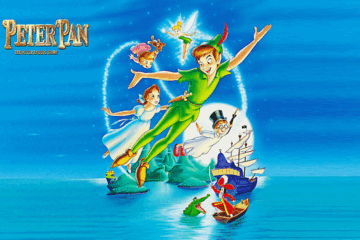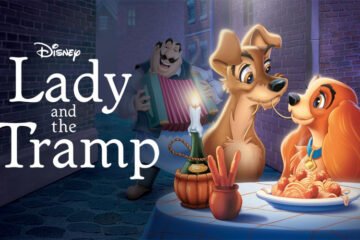Pluto, the endearing and iconic cartoon character brought to life by The Walt Disney Company, holds a special place in the hearts of audiences of all ages. With his unmistakable yellow-orange coat, black ears, and ever-expressive face, Pluto has charmed his way into the world of animation as Mickey Mouse’s loyal and cherished pet. Unlike many of his Disney counterparts, Pluto’s charm lies not in his anthropomorphism, but in his genuine canine characteristics and emotions.
A Familiar Face: Pluto’s Origin and Appearance
Pluto, often depicted as a medium-sized, short-haired dog, made his first appearance as a bloodhound in the Mickey Mouse cartoon “The Chain Gang.” His classic yellow-orange hue and black ears make him instantly recognizable, while his simplicity. Pluto’s role as Mickey Mouse’s faithful companion showcases the special bond that can exist between humans and their four-legged friends.
A Pioneering Presence: Character Animation through Expression
Pluto’s significance in the realm of animation goes beyond his adorable appearance. As a character who does not speak, his personality shines through in his animated movements and expressions. This unique aspect of Pluto’s character makes him a pioneer in character animation and demonstrating that emotions. He’s a living testament to the power of non-verbal communication in storytelling.
From Screen to Comics and Beyond
Pluto’s popularity extended beyond animated films into the realm of comics. His first comic appearance dates back to 1931, further solidifying his status as a beloved figure in pop culture. Pluto’s charming and relatable persona made him a natural fit for various mediums, allowing fans to experience.
A Legacy of Laughter: Pluto’s Filmography
Pluto’s journey has taken him through numerous animated short films, where his delightful escapades and humorous antics have left audiences in stitches. Films like “The Pointer,” “Squatter’s Rights,” and “Pluto’s Blue Note” showcased his comedic brilliance and earned him recognition with Academy Award nominations. Notably, “Lend a Paw” won an Academy Award in 1942, further cementing Pluto’s place in animation history.
A Continuing Adventure: Pluto’s Modern Appearances
Despite his ageless charm, Pluto has continued to evolve with the times. “The Prince and the Pauper” in 1990 and has graced audiences with appearances in direct-to-video films. His presence in various television series like “Mickey Mouse Works,” “House of Mouse,” “Mickey Mouse Clubhouse,” and “Mickey Mouse” ensures that new generations of fans get to experience his enduring charm.
A Canine Legacy Preserved: Copyright Extension
In recognition of his timeless appeal, Pluto’s copyright was extended in 1998 through the Sonny Bono Copyright Term Extension Act. This measure, supported by Disney and other studios, aimed to safeguard characters like Pluto.
The “Sensational Six,” Pluto’s journey has been one of laughter, emotion, and universal relatability. He’s a reminder that even without words, a wagging tail and a curious snout can communicate volumes. His presence remains a testament to the enduring magic of animation and the bonds we share with our furry companions.





